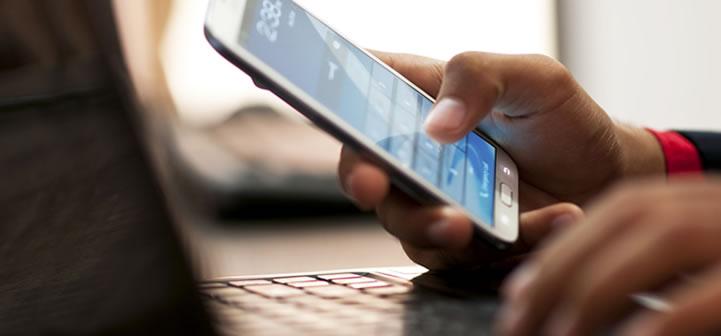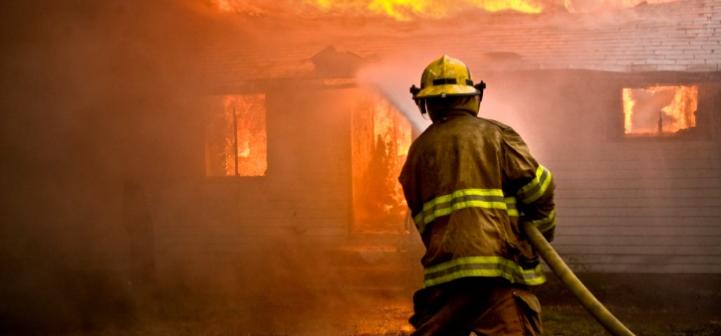Putting Your Financial Recovery Puzzle Together After a Disaster
A natural disaster can strike anywhere, any time. Natural disasters often leave in their wake damage and destruction that have long-term impacts on the financial well-being of survivors. If you or a loved one has been affected by a natural disaster, it’s important to know that financial recovery takes time. There are no easy fixes and no guarantees.
This Recovery After Disaster: The Family Financial Toolkit discusses strategies and provides tools …





